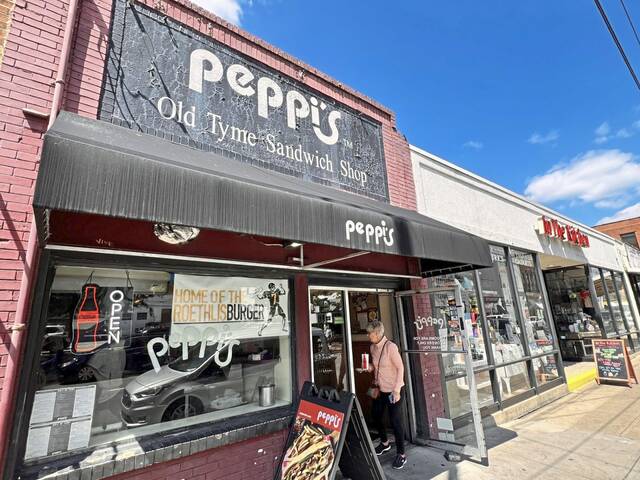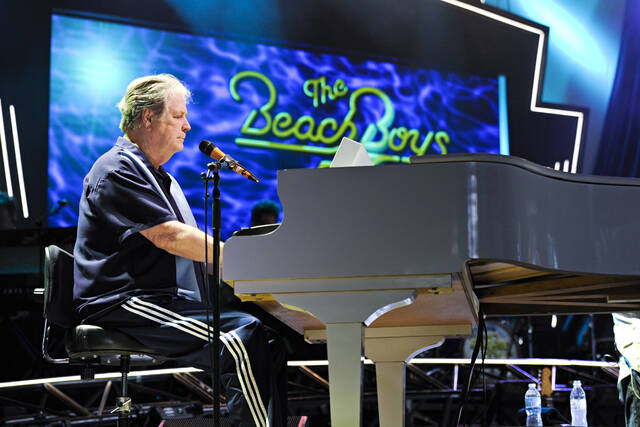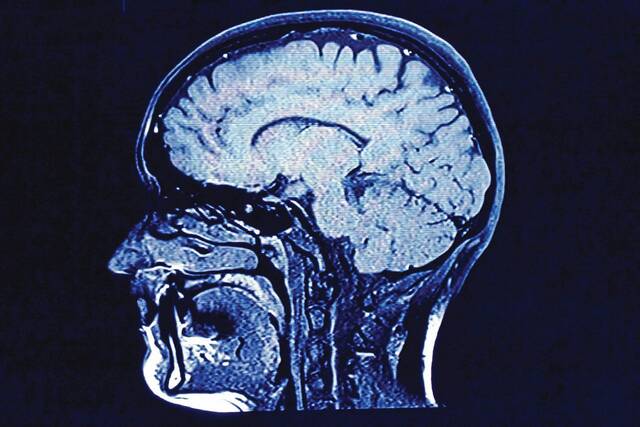As Pittsburgh’s leaders search for a path to a happier and healthier city, they can find some solid advice in Alan Ehrenhalt’s recent article in Governing magazine, “A Message to Struggling Cities: Be Yourself.”
“When it comes to generating a revival, trying to copy what has succeeded somewhere else usually doesn’t work,” Ehrenhalt writes. “It’s the struggling cities that begin to look alike — the successful ones succeed in their own individual ways.”
It is a lesson that Pittsburgh learned the hard way when some very smart urban planners decided to transform East Liberty into a no-vehicle outdoor mall in the 1960s. Suburban shopping centers were the rage, but the city destroyed a vibrant neighborhood and the local economy — there were nearly 600 businesses there in 1959 and 300 in 1979.
When you lose a neighborhood, you lose it for a lifetime, and it has taken more than 60 years for East Liberty to recover. The comeback started when Mayor Tom Murphy returned to traditional urban planning and recruited three major anchor tenants. East Liberty is finally thriving again.
Ehrenhalt cites Ryan Short’s new book “The Civic Brand” for the lessons of that misguided urban mall trend and others, including the rush to duplicate Baltimore’s successful Harborplace “festival market” development. It “created vitality and brought in substantial revenue” in Baltimore, but “they have almost all failed, or have barely hung on” elsewhere.
When Baltimore’s Harborplace developers proposed a “festival market” development in Pittsburgh’s Strip District in the 1980s, Mayor Richard Caliguiri wisely appointed a 35-member citizen’s committee — The Mayor’s Entertainment Center Development Task Force — to study that proposal and others.
After months of consideration, the recommendation was to do nothing — just let the Strip be the Strip. Pittsburgh already had its “festival market,” and it had developed organically. Other cities, with their “festival markets,” were trying to artificially create what had developed in Pittsburgh naturally.
It took some courage to conclude that the best plan was to not have a plan for the Strip District, and the committee took some heat from local media and others. But Pittsburgh’s Strip District — the uniquely commercial-residential-industrial neighborhood — became a thriving shopping hub for locals and one of the region’s major tourist attractions.
That has not kept some city officials and other interlopers from messing with success. With premium rates for street parking, the elimination of parking lots, public subsidies for national chains on Smallman Street and street closings on the busiest business days, it is all enough to make you think that there is a plot to destroy the old neighborhood.
The latest is a proposal by the Department of Mobility and Infrastructure (DOMI) and BikePGH — regular accomplices — to install a bike-lane chokepoint for vehicles just above the core of the business district on Penn Avenue. It is so dumb that it has united the old merchants and the new residents in opposition.
There have been no profiles of political courage here. The district’s city councilman, Bobby Wilson, seems neutered by the bike lobby. Most of Wilson’s city council colleagues are reluctant to interfere in his district. And, while Democratic mayoral nominee Corey O’Connor could easily stop it by asking council to leave this for the new mayor, he has refused to step up.
According to Ehrenhalt, cities “shouldn’t let individual departments and agencies experiment with their own ideas.” Pittsburghers have had enough of that, as they showed by defeating two incumbent mayors. But, if this keeps up, Pittsburgh will lose the traditional Strip District for a lifetime, just like it once lost East Liberty.







